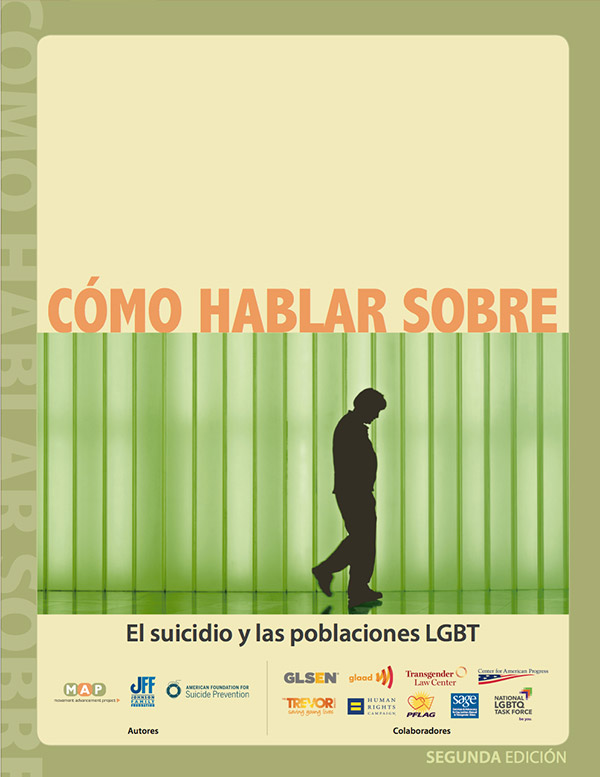En los últimos años, el riesgo de suicidio en personas lesbianas, gays, bisexuales y transgénero (LGBT) ha cobrado mayor atención en el debate y la preocupación del público. Si bien parte de esa visibilidad se basa en hechos e investigaciones sólidas, otros aspectos del debate han contribuido involuntariamente a generar información errónea acerca del comportamiento suicida en las poblaciones LGBT, lo que posiblemente aumenta el riesgo de suicidio en personas vulnerables.
No se debe subestimar la importancia de la educación pública en torno al suicidio. Cuando las personas y las organizaciones hablan del suicidio de forma segura y precisa, pueden ayudar a reducir la probabilidad de que ocurra; sin embargo, cuando se cometen exageraciones o inexactitudes al hablar del suicidio, se puede elevar el riesgo en personas vulnerables.
Esta segunda edición de Cómo hablar sobre el suicidio y las poblaciones LGBT trata sobre la realidad del suicidio y las personas LGBT. Ofrece maneras de hablar sobre el suicidio con seguridad y precisión, que buscan fomentar el debate público vital sobre su prevención en personas LGBT, y apoyar su salud y bienestar.
.
- Conversaciones sobre el suicidio y las poblaciones LGBT(Agosto de 2017)Descargar


